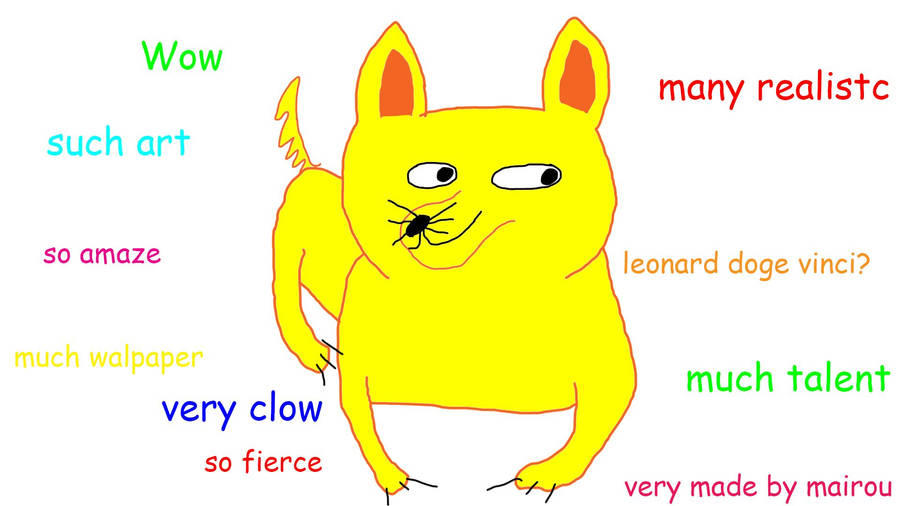In the world and work of an academic, readings and research are dropped into your lap. Sometimes the words come in the form of a textbook, appropriately purchased from the University Book Store because they, the professor of said class, would like you to buy their book from the book store to support this process.
Movement. The simple act of this knowledge passing from one brain and impacting another involves a series of steps that imply movement and transfer. University to professor, professor to publication, publication to print, print to university, and university to student.
Stagnation. When this knowledge has spent time within a space (universities policies, or professor’s computer/data collection) it begins to build. The process of ownership grows, and the “value” of the knowledge festers into a living and breathing monstrosity. It is at this juncture that Sheller’s idea of temporalities within mobility studies begin to connect with my own.
Sheller states,
“Along with spatiality and materiality there is also a growing interest in temporalities. Temporalities of slowness, stillness, waiting, and pauses, are all part of wider sensuous geography of movement and dwelling in which human navigation of embodied, kinesthetic, and sensory environments are crucial. Thus mobilities research ranges from the individual body up to the most complex systems” (Shelly 797).
If I were to focus on the stage in which the research for this textbook of knowledge is curing inside the laptop of the professor, I must take into consideration the reasons and value of the stagnation. The professor could be gathering more research. Research that they would physically need to conduct and gather (whether by primary studies, interviews, experiments, or secondary studies) would be held to a specific level of cross examination and potency. While the physical data is gathering, the methods of the research must also be recorded. University standards would also apply to this research, and as the composition of a well organized and disciplined conclusion arises, the professor in question has claimed a specific set of ownership of this process.
But wait… Was it merely the countless hours of hard work and painstaking dedication to their work that merits ownership? The stage of stagnation has now become a pivotal plot point in this series of mobility. Simply by focusing on the accumulation of research, under a specific standard and qualification, I can attempt to gauge the level of ownership attributed to the professor who has undoubtedly labeled this process “my work”.
I find the act of understanding and placing value upon the stagnation of the series of mobility relating to the transfer of knowledge through textbooks to be essential to my research. Describing, dissecting, and pausing to dictate (or remove) levels of ownership can help understand the “value” that our society places on knowledge.
There are other various examples within the textbook industry relating to this idea of ownership and value. Sheller’s explanation of the value of mobility studies moves me to seek out these examples. I hope to grasp a few of its complexities and utilize this new field of study as I continue my own work.






